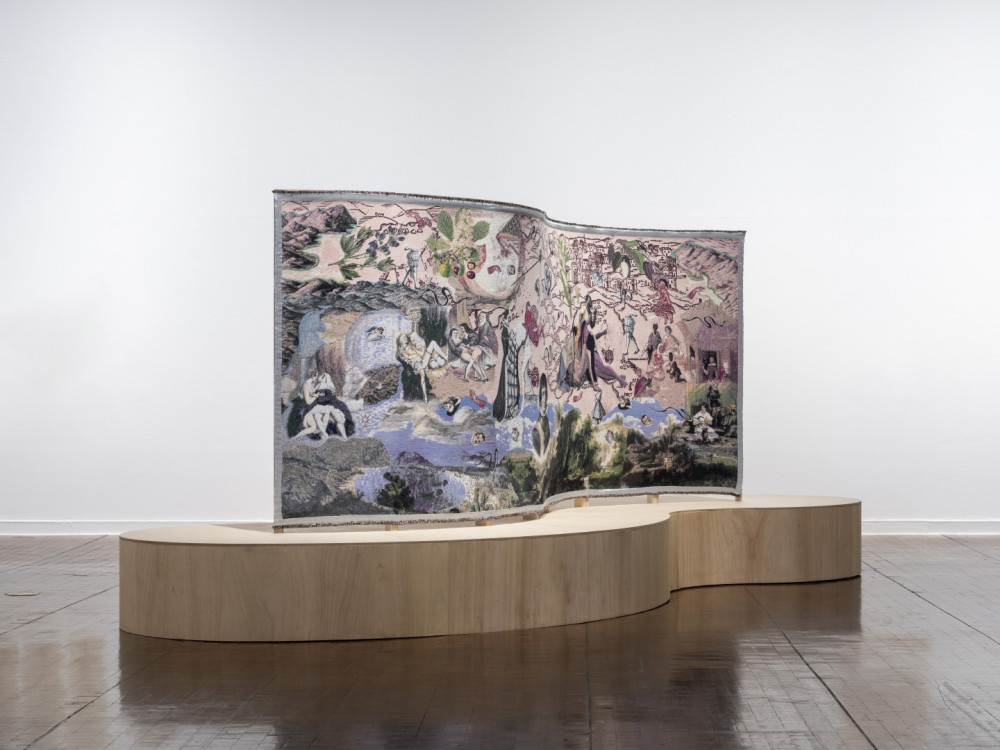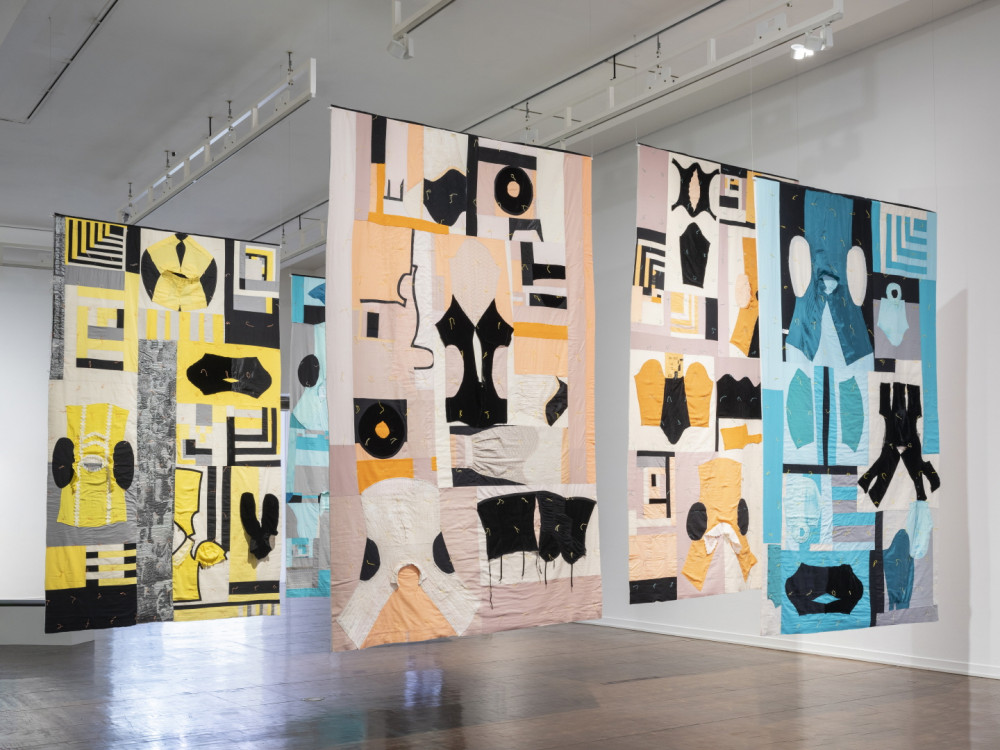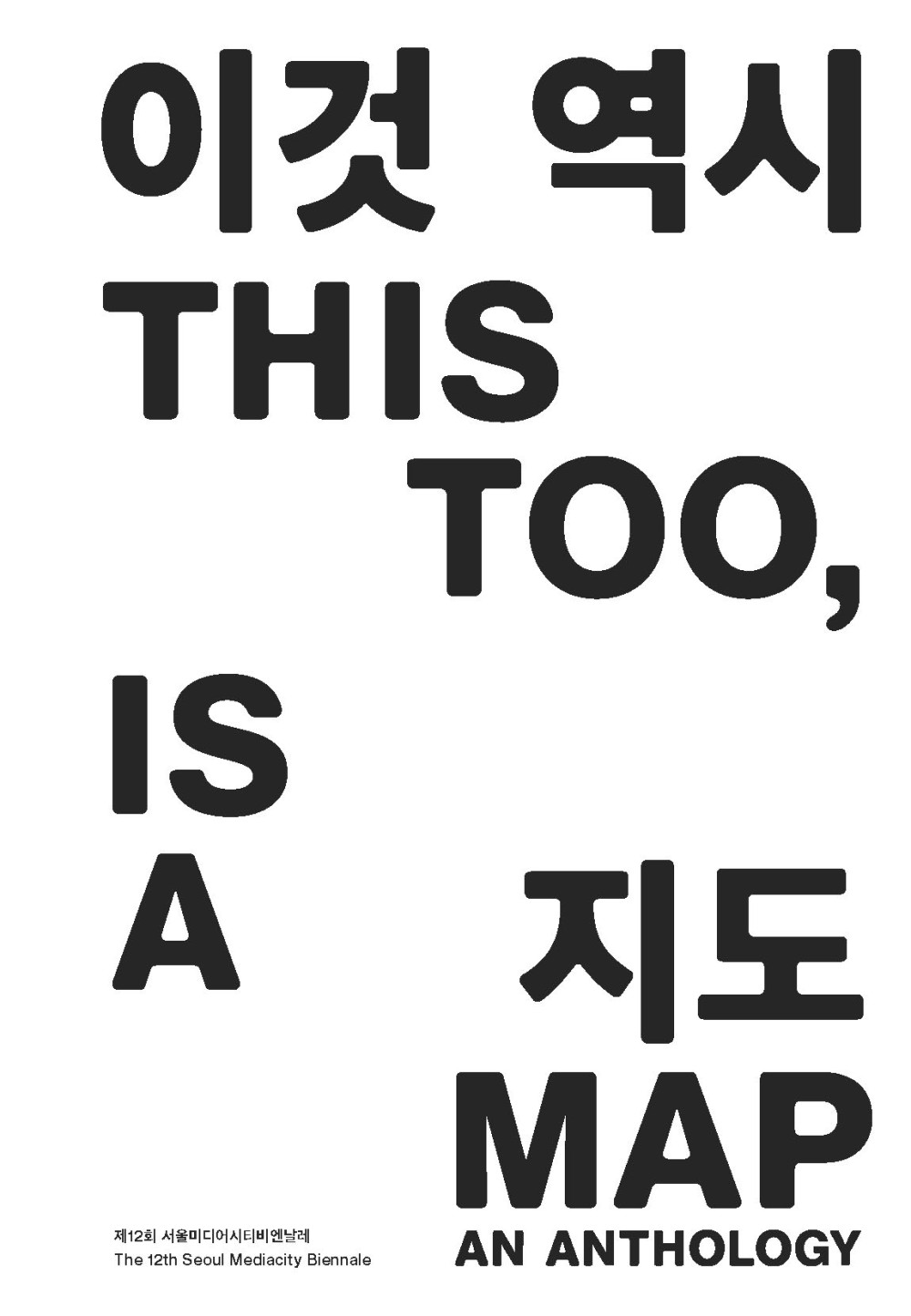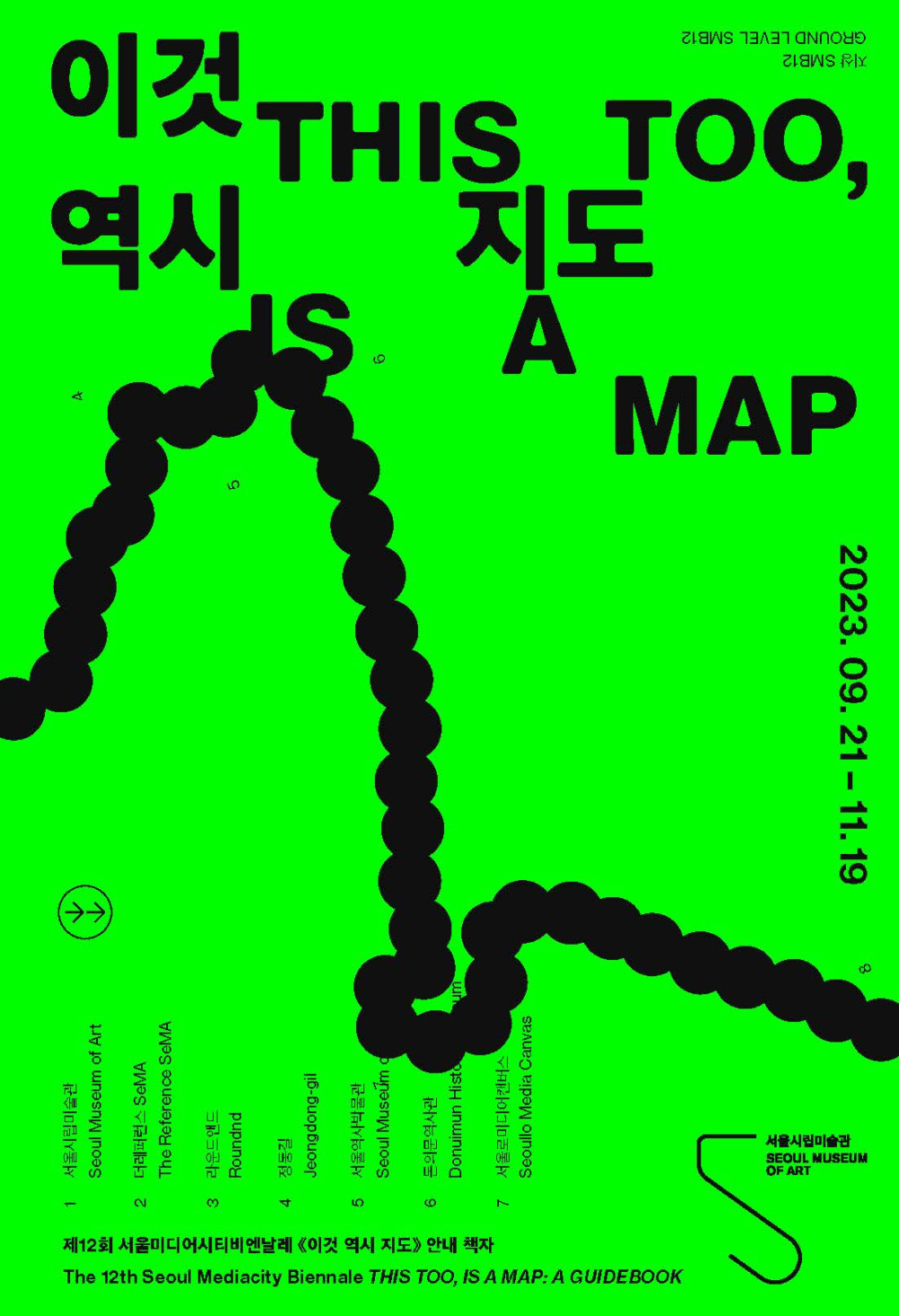
Mercedes Azpilicueta researches characters and stories that have been obscured or forgotten in order to address fixed historical narratives and collective memories. Through speculative association and fiction, she builds counternarratives that challenge patriarchal and colonial accounts of history to include dissident voices, languages, and practices. Her soft sculptures, textiles, installations, and performances combine multiple fields of knowledge and mix craft and industrial production techniques, creating loose and affective entanglements that allow for expansive, pluralistic narratives to coexist. The Lieutenant-Nun Is Passing: An Auto-biography of Katalina, Antonio, Alonso and More recounts the story of Catalina de Euraso, also known as the Lieutenant Nun, who fled to the Americas from the Basque Country in the early 1600s to escape the patriarchal hold of convent life in Europe. In embarking upon this physical journey and exploring new territories, de Euraso assumed multiple male identities and ultimately became a ruthless conquistador in the service of the Spanish Empire, even obtaining the Pope’s blessing to pursue life as a man. Azpilicueta’s four meterlong jacquard tapestry maps a speculative geography of colonial histories in the context of the surreal tensions and contradictions of de Euraso’s gender and identity.







